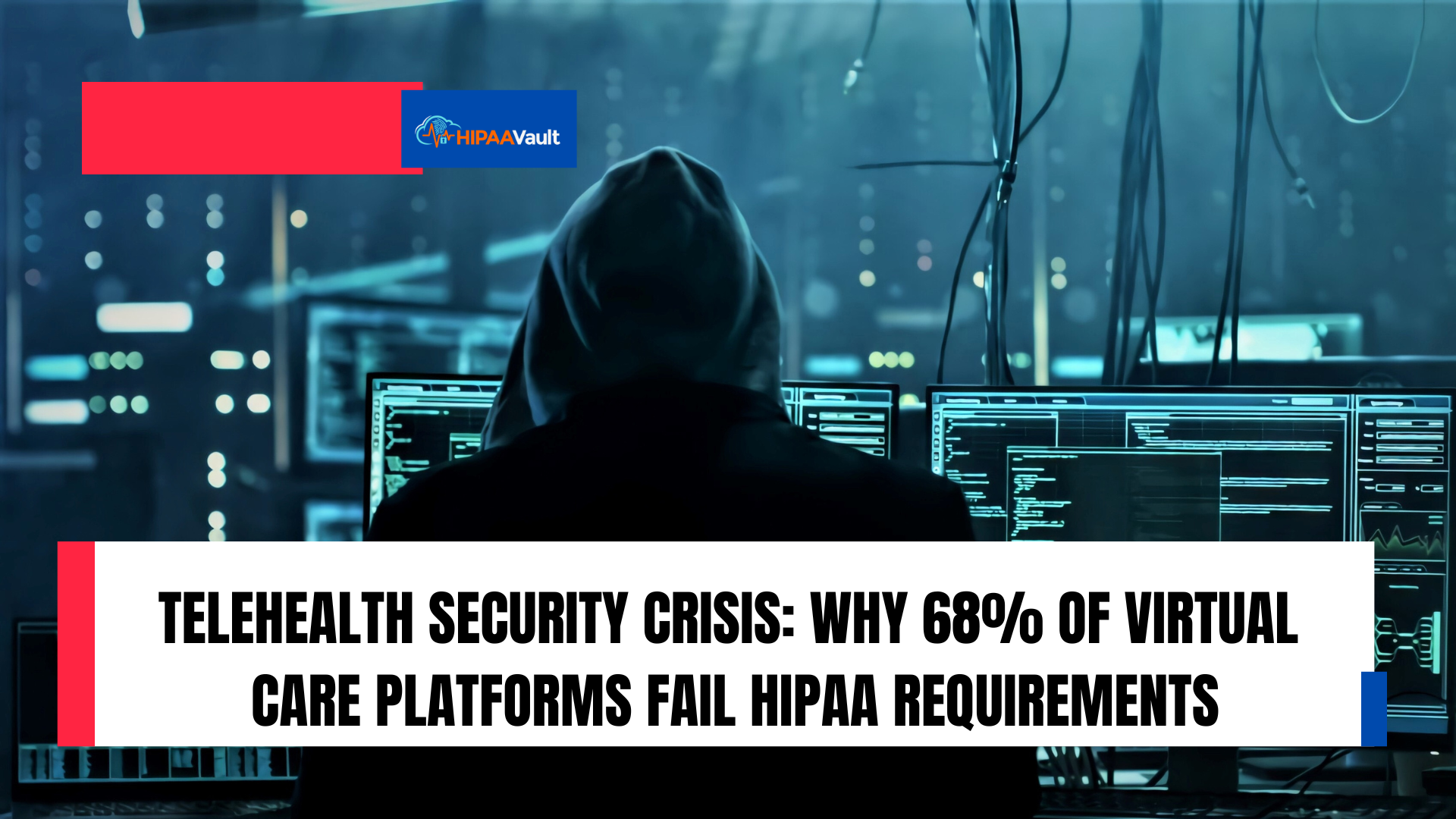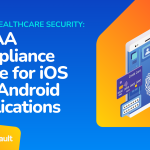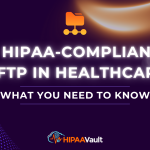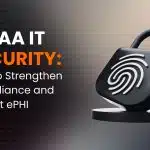The convenience and reach of telehealth exploded during the COVID‑19 pandemic—virtual care visits surged by more than 4,300% in 2020—yet this rapid adoption exposed glaring security gaps. A recent survey of healthcare IT leaders found 68% of virtual care platforms lacked critical HIPAA technical safeguards or failed to secure a signed Business Associate Agreement (BAA), leaving sensitive patient information at risk. This post unpacks the root causes of non‑compliance, explains HIPAA’s telehealth requirements, and shows how healthcare organizations can secure their virtual care offerings.
The Rise of Telehealth—and Its Security Blind Spots
Telehealth visits jumped from under 1% of all outpatient encounters in 2019 to over 64% by mid‑2020, driven by social distancing needs (cacm.acm.org). Unfortunately, many telehealth vendors scrambled to scale, overlooking HIPAA’s Privacy and Security Rules. Without embedded safeguards, platforms may transmit PHI over unencrypted channels, rely on consumer‑grade authentication, or forego BAAs—each a direct violation of HIPAA and a recipe for data exposure.
Secure Your Healthcare Operations with Full HIPAA Compliance
HIPAA Vault provides end-to-end compliance services — from secure hosting to expert risk assessments and 24/7 support.
Get a Free Compliance AssessmentWhat HIPAA Requires of Telehealth Platforms
HIPAA’s Security Rule doesn’t name specific technologies, but it does mandate “reasonable and appropriate” administrative, physical, and technical safeguards (45 CFR § 164.306). For telehealth, key requirements include:
- Access Control & Authentication: Unique user IDs and strong authentication—ideally multi‑factor—to ensure only authorized providers and patients access ePHI (45 CFR § 164.312(a)).
- Transmission Security: Encryption of PHI in transit using industry‑standard protocols (e.g., TLS 1.2+) or, if encryption is not feasible, alternative documented safeguards (45 CFR § 164.312(e)(1)).
- Audit Controls: Detailed logging of connection events, file access, and configuration changes to detect unauthorized activity (45 CFR § 164.312(b)).
- Integrity Controls: Mechanisms to confirm data isn’t altered or destroyed improperly, such as digital signatures or checksums (45 CFR § 164.312(c)).
HIPAA does not explicitly require end‑to‑end encryption; however, encryption at both transit and storage layers is strongly recommended to meet “transmission security” and “data integrity” objectives.
Why 68% of Platforms Miss the Mark
- Lack of Business Associate Agreements (BAAs)
Despite being mandatory, BAAs are often overlooked. A 2022 GAO report noted many providers continued to use vendors unwilling to sign BAAs—an instant compliance failure - Poor Encryption Configurations
Some platforms still support outdated protocols (e.g., TLS 1.0) or rely on optional encryption modes, exposing sessions to man‑in‑the‑middle attacks. - Inadequate Authentication Controls
Over one‑third of surveyed vendors offered only single‑factor (username/password) logins—far short of HIPAA’s unique ID and, where appropriate, multi‑factor authentication guidance. - Missing Audit Trails
Nearly half the platforms lacked comprehensive logging for PHI access and file transfers, making breach detection and forensic analysis impossible. - Misuse of Consumer‑Grade Tools
Many small practices still use FaceTime, WhatsApp, or standard Zoom (without Zoom for Healthcare) under the OCR’s emergency waivers—tools that either lack BAAs or sufficient administrative safeguards. HHS.gov.
Securing Telehealth: Proven Strategies and Solutions
To close these gaps, healthcare organizations should:
- Choose Purpose‑Built Platforms: Opt for vendors that offer HIPAA‑specific telehealth editions (e.g., Zoom for Healthcare, Doxy.me, TigerConnect) with signed BAAs and built‑in encryption.
- Enforce Strong Encryption: Disable legacy TLS/SSL, mandate TLS 1.2+, and ensure all media streams and chat logs are encrypted both in transit and at rest.
- Implement Multi‑Factor Authentication: Extend MFA to all provider and administrator accounts; consider biometric or hardware token options for added security.
- Centralize Audit Logging: Forward logs to a HIPAA‑compliant SIEM for real‑time monitoring and automated alerts on anomalies.
- Regularly Assess Risk: Conduct quarterly vulnerability scans and annual penetration tests, mapping results back to your HIPAA risk register for remediation.
HIPAA Vault’s Telehealth Compliance Services
At HIPAA Vault, we specialize in securing virtual care environments. Our managed telehealth hosting includes:
- Pre‑configured, HIPAA‑compliant environments with TLS 1.2+ and AES‑256 encryption
- Integrated logging, monitoring, and alerting via SIEM
- Enforced MFA and role‑based access controls
- Signed BAAs for all services
- 24/7 compliance support and incident response








